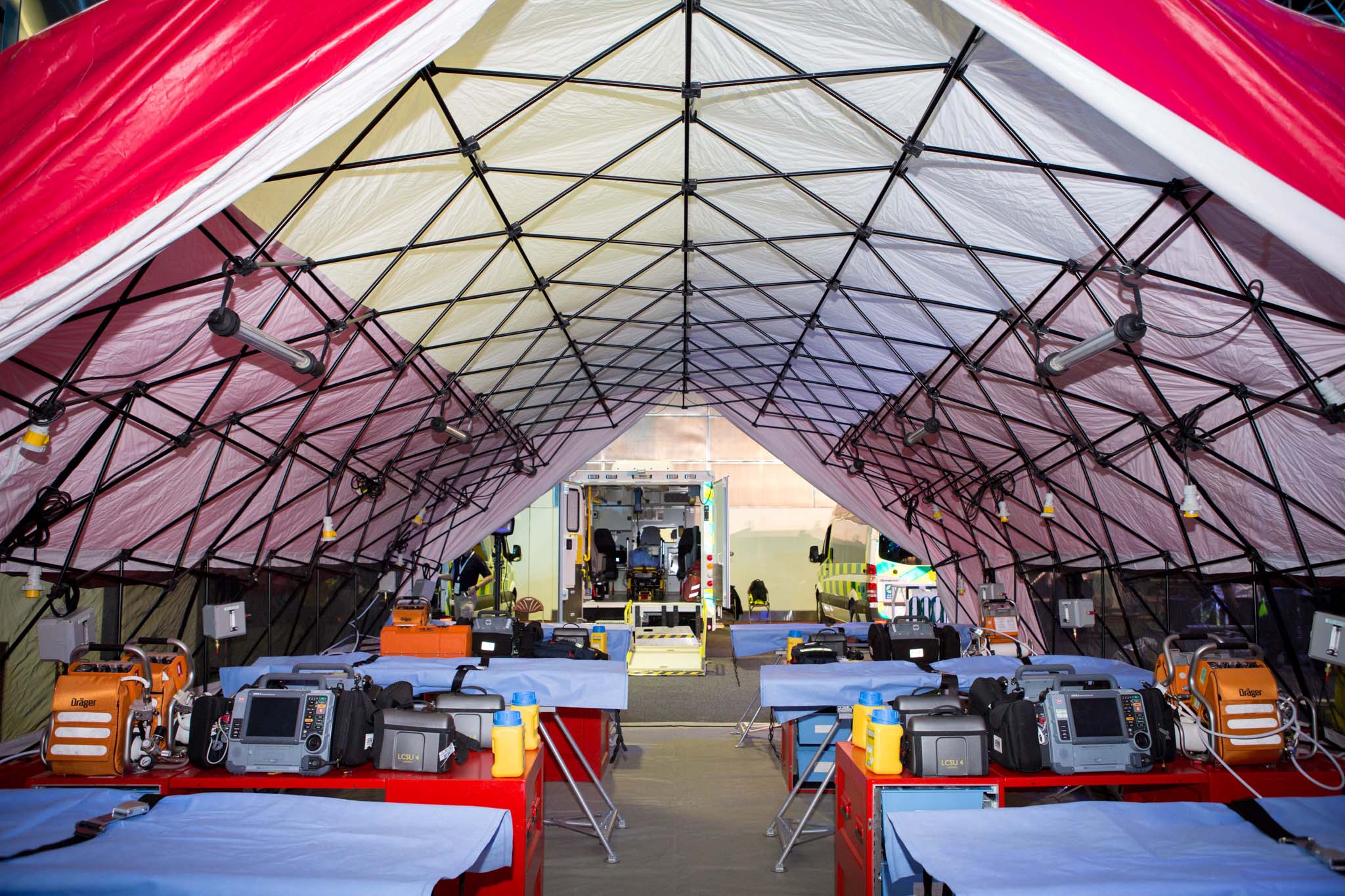
Hamad Medical Corp. (HMC) has launched a fleet of vehicles that can be set up as temporary emergency centers in the event of a major incident.
The moves comes as government figures show that there were nearly 2 million (1,943,653) 999 calls made in Qatar last year.
This equates to an average of 5,325 calls a day or 222 an hour, according to the figures released by the Ministry of Interior‘s Security and Statistics Report 2015.
The reasons for these calls included “request(s) for traffic services, diseases, injuries, complaints, fire incidents and other personal assistance,” the MOI added without giving further detail.
While 999 is supposed to be used only in the case of real emergencies, the MOI’s chief of emergencies Khalid Saleh Al-Ansari has previously complained that 90 percent of the calls made to the service are not for crises.

Examples of the more ridiculous requests in recent years include a woman demanding first responders remove a mouse from her oven, a man complaining that his hotel room-service order had not arrived and another man asking to have birds removed from near his house as they were preventing him from sleeping.
During Ramadan, the number of calls received by the emergency call center can go up to 7,000 a day – or an average of 292 an hour – though HMC’s 126 trained operators are currently only able to deal with 150 calls an hour.
This means that some real emergency calls may not be answered while teams are obliged to respond to other hoax or non-emergency situations.
However, plans are underway to expand the response center, with a new complex under construction, Al-Ansari said.
The MOI figures also state that the average response time for Civil Defense vehicles to arrive at a fire dropped to eight minutes last year, an improvement from 8.6 minutes in 2014.
This is despite the number of reported fires increasing 11 percent, from 4,925 to 5,483 over the past year, MOI said.
Major incident fleet
In a bid to improve emergency response in the event of a major incident, HMC’s ambulance service has launched a fleet of vehicles that are being deployed at strategic points across the country.
The trucks have containers that are loaded with equipment designed to deal with three types of major incidents – medical emergencies, decontamination and logistics-related situations.
HMC did not state how many of these vehicles will be deployed.
The vehicles will join the emergency response fleet, which includes more than 160 ambulances, 20 rapid response vehicles and three helicopters that respond to than 100,000 emergency medical calls each year, HMC said in a statement.

The medical trucks have equipment to create a temporary field treatment center with air-conditioned tents in which patients can be treated.
The medical container holds three large patient treatment tents, each air-conditioned and equipped with electrical power and lighting; a range of medical supplies, such as ventilation units, portable oxygen, medical kits, stretchers, as well as refrigerators, solar power paneling and a generator with a fuel tank that can be refilled.
This means the containers can stay on the site of a major incident for as long as they are required, HMC added.

Trained crew can erect the shelters and have the equipment ready for ambulance paramedics and critical care paramedics to treat and stabilize patients before they are transferred to an HMC emergency department.
The decontamination unit can be used in the event of a major incident related to hazardous material. While HMC does not go into detail about potential situations, in countries such as Australia, these include chemical spills or incidents involving radiological or biological materials.
These vehicles can be sent to incidents where there are many people injured to help hospital emergency departments deal with large influxes of patients and decontamination, as well as to big events where more than 25,000 people gather, HMC said.
Locations
Hamad International Airport will get a set of trucks that are ready to respond to major incidents on aircraft or on the ground, while other units will be stationed at key unspecified locations around the country.
The ambulance service role in such incidents would be part of a wider, coordinated response involving all of the country’s emergency services.
“In the event of a major incident, the Ambulance Service specialized team will be activated. The vehicles that are deployed will depend on the type of incident and, therefore, the requirements.
Each container type has a variety of resources inside – they have been designed to maximize the available space and are unique in the volume of supplies they can hold,” Brendon Morris, executive director of the ambulance service, said in a statement.
Thoughts?







